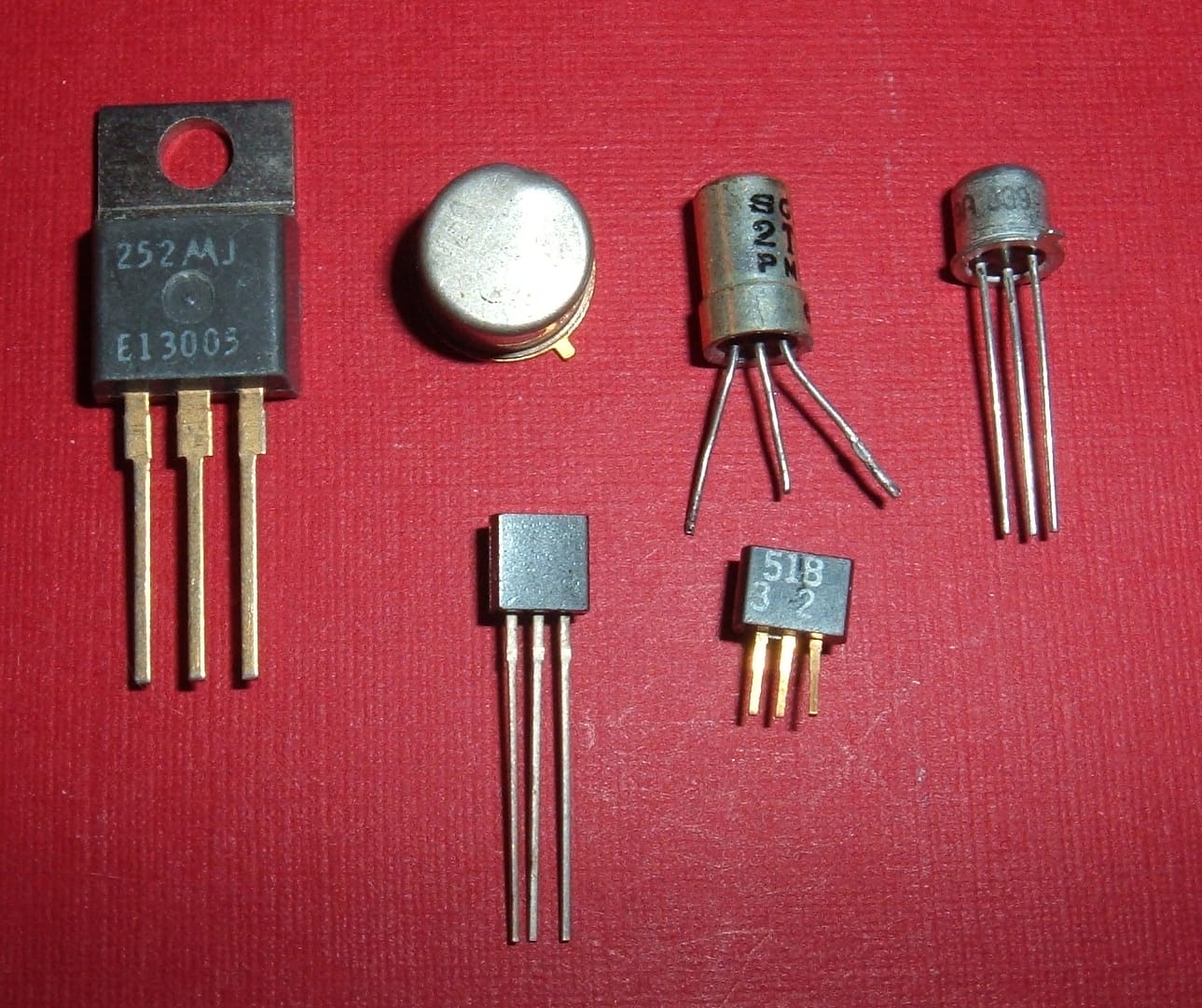Unlocking the Power of Transistors
Unlocking the Power of Transistors: A Comprehensive Guide to Understanding and Using These Essential Electronic ComponentsTransistors are basic electronic parts that are essential to contemporary electronics. They are crucial components of electronic circuits because they are semiconductor devices with the ability to switch or amplify electrical impulses. Transistors, which were developed in the late 1940s and replaced cumbersome vacuum tubes, transformed the area of electronics by allowing the creation of smaller, more effective electronic devices.
Unlocking the Power of Transistors
Understanding Transistor Basics:
Because of their special electrical characteristics, semiconductor materials like silicon and germanium, which are commonly used in transistors, allow them to regulate the flow of current. The emitter, base, and collector are the three layers that make them up. Based on the type of transistor (bipolar junction transistor, or BJT), these layers form either an NPN or PNP junction.
Unlocking the Power of Transistors the current that passes through the base terminal of a bipolar junction transistor (BJT) controls the current that flows between the emitter and collector terminals. The arrangement of the semiconductor layers distinguishes between NPN and PNP, the two primary varieties of BJTs.
Another popular kind of transistor is the field-effect transistor (FET), which functions by applying an electric field to a semiconductor channel to change its conductivity. The source, gate, and drain are the three terminals on a FET. They fall into one of two categories: MOSFETs (Metal-Oxide-Semiconductor Field-Effect Transistors) or JFETs (Junction Field-Effect Transistors).
Transistor Amplification:
Amplification, or the use of a small input signal to influence a larger output signal, is one of the primary uses of transistors. For instance, in a common-emitter design, an NPN transistor’s base terminal can regulate a greater current that flows between the collector and emitter terminals, amplifying the signal.
Radio frequency (RF) amplifiers, operational amplifiers (op-amps), and audio amplifiers are just a few of the many electronic applications that heavily rely on transistor amplifiers. They are necessary to increase signal strength to the point when speakers, antennae, or other electrical parts may be driven.
Transistor Switching:
Transistors can also function as switches by regulating the voltage applied to the control terminal, which is either the gate of a FET or the base of a BJT, to control the current flow between two terminals, usually the collector and emitter in a BJT. Transistors are essential components of logic circuits and digital electronics because of
their capacity to flip between on and off states.
Transistors are used in digital circuits to produce logic gates, which are the fundamental components of digital computers and other digital devices. Logic gates include AND, OR, and NOT gates. Transistors can be combined in many ways to construct complex digital circuits and processors that can be used for a variety of tasks.
Transistor Applications:
Audio Amplifiers: Transistors are used to produce loud, clear sound by amplifying audio signals in speakers, headphones, and other audio equipment.
Transistors play a crucial role in radio frequency (RF) amplifiers, which are used in satellite receivers, cell phones, and Wi-Fi routers, among other wireless communication devices.
Switching Power Supplies: Providing effective and dependable power conversion for electronic devices, transistors are utilized in switching power supplies to manage and control the flow of electrical power.
Digital Circuits: Logic gates, flip-flops, and other digital components used in computers, cellphones, and other digital devices can be created using transistors, which are the building blocks of digital circuits.
Motor Control: In applications like robotics, industrial automation, and electric vehicles, transistors are utilized in motor control circuits to control the speed and direction of electric motors.
LED Drivers: In LED driver circuits, transistors regulate the brightness of light-emitting diodes (LEDs), which are used in vehicle illumination, signage, and backlighting, among other uses.
Voltage Regulators: To stabilize and control the output voltage of power sources and guarantee dependable and constant power delivery to electronic devices, transistors are employed in voltage regulator circuits.

